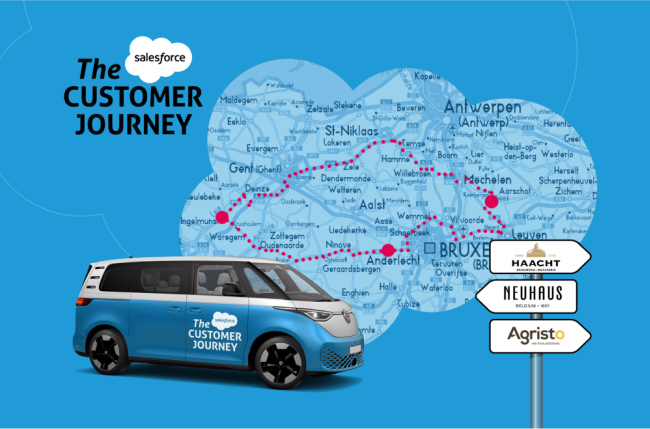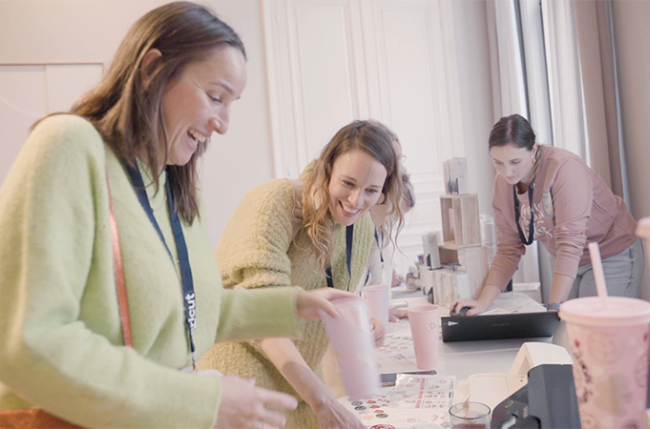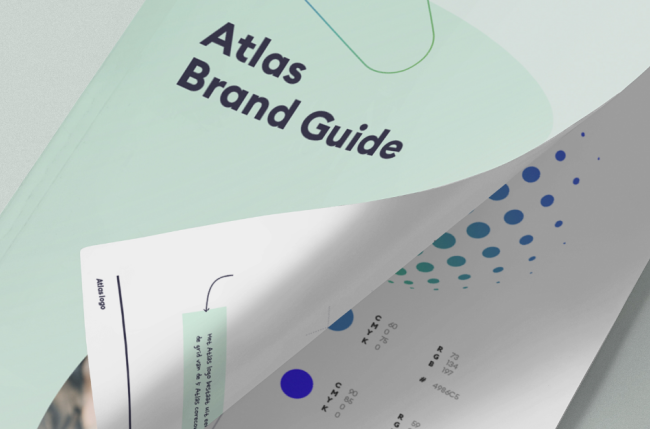
Storytelling in SHORT: 5 angles
Storytelling is an indispensable part of your communication strategy today. If you want to connect with your audience, you need to tell a story. The good news is that every brand has unique stories to tell. All you have to do is dig them up. And we will be more than happy to help you get started spreading them. Our approach is based on five angles for strong storytelling: SHORT.
Make no mistake, we don't mean that your stories should be as short as possible. SHORT is the guide that we have been using for years to get the best stories from companies. There is absolutely no doubt that every company has its own story. The trick is to recognise a good one.
In fact, many companies are sitting on a heap of stories without realising it. The thing is, you have to look beyond your product or service. You may have an interesting social vision, you may have something to say about your recruitment policy or the latest annual figures may tell a strong story of their own. So how can you find out? That’s easy with our SHORT: Specs, Human, Operations, References and Trust. Five different angles, five possible ways to highlight your brand to different audiences.
Our SHORT in detail:
Specs
A very popular angle for many brands. By focusing on specifications of your brand, you will mainly get the attention of trade press and a niche audience. Car enthusiasts want to know how many horsepower a car has. Photographers are interested in the number of megapixels and a camera's IBIS and autofocus. And IT professionals are especially fascinated by the memory and server type of the latest workstation computer. By highlighting the specs angle, you introduce your product or service to those in the know.
Human
Often underestimated or even forgotten, but oh so important: every business has a human factor. In fact, it is often the raison d'être of your brand. Give your brand a face by communicating about the human factor. That way, you will also move your target audience, and you don't just become known to the niche audience. Furthermore, you create a strong image outside your target audience by showing that you care about people. For example, by letting your spokesperson express their opinion on a certain topic, you show the human factor of your company.
Operations
The operational aspect of your business can certainly also be interesting to communicate about. Show how you operate. Which partners do you do business with? How do they do business? Are there specific norms and values? Remember that their image also reflects that of your company. Ideal stories for channel media.
References
Word-of-mouth marketing is still the best advertising strategy. That’s why a reference is a good way to get your story across in a positive way. Think of customer cases and testimonials. By giving the floor to people who have used your services and are very satisfied, you create a positive story around your brand and convince others to jump on board too.
Trust
Ultimately, it's all about generating trust among your target audience, as well as stakeholders. The previous angles are there to reinforce this trust. References show that you are trustworthy. Operations show that your company is stable. Specs, in turn, show how good your product is. But having your CEO give an interview about the company's annual figures and future vision also creates trust. And maybe you have won an award or your company was mentioned in a study by a reputable research firm?
As you can see, one story contains several aspects of SHORT. Apple often appeals to the Human aspect in its communication, but evolves towards Specs in that same story. A car brand addresses the trade press mainly by means of Specs, but also uses Human to create a feeling among car drivers. References or Operations, in turn, can lead you to reinforce your Trust story. You always have several storylines at your disposal. The trick is to develop them according to your target group and medium. So play on all fronts, but adjust your tactics each time.
Last but not least: don't tell everything in one message
Always very important in storytelling: keep it simple. Don't throw all your angles together in one story, but pick one for each action. Are you launching a new update of your product? Then focus on the Specs and don't stray into Operations. Does your spokesperson have a strong opinion on climate? Then this is a case of a person with a clear vision (Human) and you can leave out the Specs. One clear story makes more impact than a hodgepodge of storylines.
What about you? Are you ready to tell your story? We would love to help you. Together, we will find the stories within your organisation and bring them to the right audience in the right way. Give us a call, and we will gladly sit down with you to dig into your story. With our SHORT - and a nice cup of coffee - you will find that there is more to tell than you initially thought!




